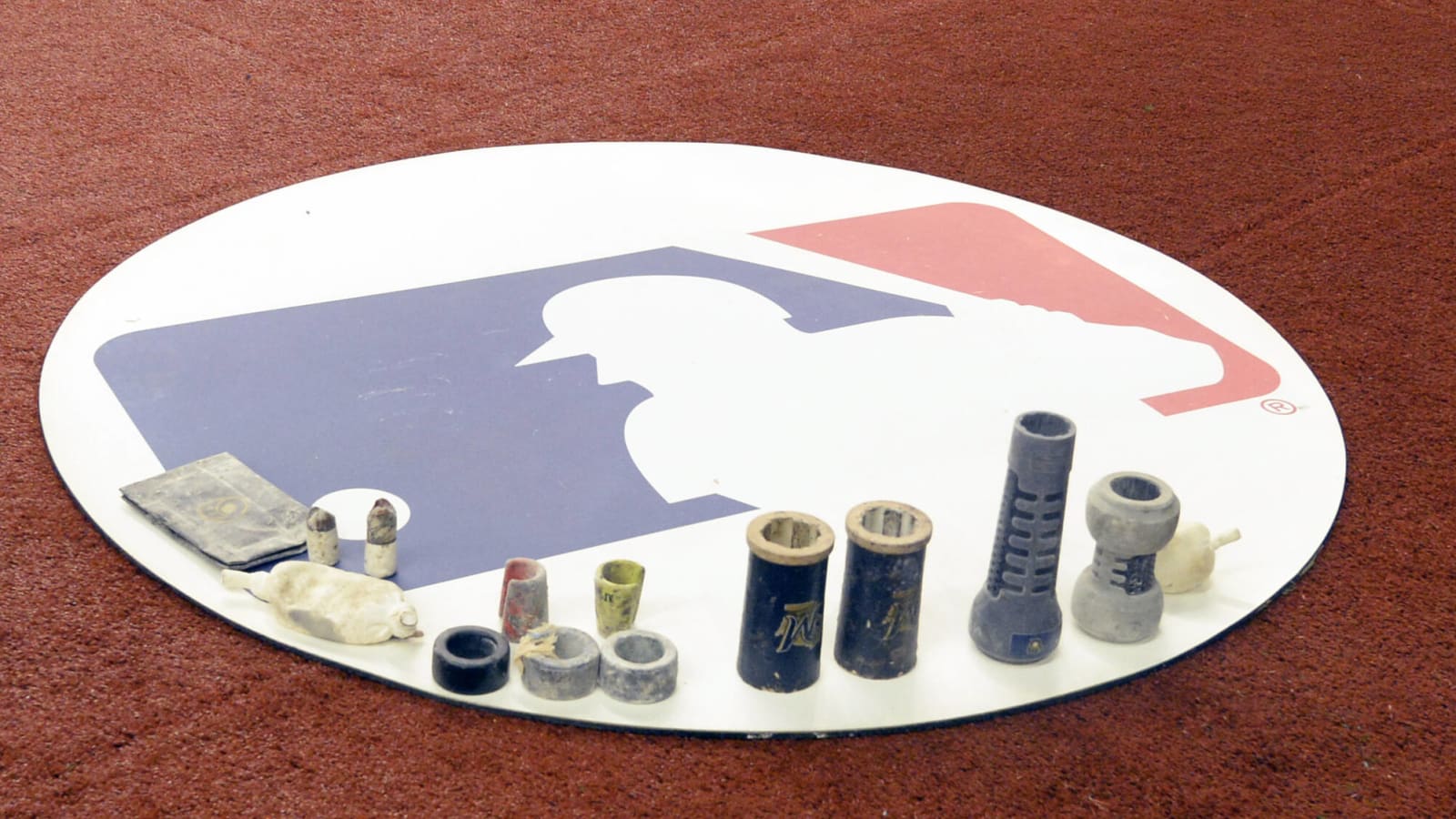
Major League Baseball has been exploring a number of ways to improve the game, and a new rule that is being tested out in the minors could eventually lead to one of the most significant changes we have seen in years.
Beginning on July 22, the Single-A Florida State League will experiment with a new rule that limits defensive shifts. As Jayson Stark of The Athletic reports, the new rule will prohibit infielders from positioning themselves in a certain area behind the second base bag.
A restricted area that is shaped like a pie slice will be added behind the second base bag. The lines will extend at an angle from either side of the second base bag toward the outfield. That will create a bigger opening up the middle to allow for ground ball and line drive base hits into center field. The restricted area would look something like this:
Per @jaysonst, MLB is experimenting with a rule that would prohibit defenders from positioning themselves inside the pie-shaped area you see below behind second base pic.twitter.com/bjk7L1o9iX
— Steve DelVecchio (@SteveDelSports) July 13, 2022
It seems like a foregone conclusion that MLB will be limiting the defensive shift at some point. There are currently two rules in place to limit the shift in all levels of the minors through Double-A. One is that infielders can no longer position themselves on the outfield grass before a pitch is thrown. The other requires two infielders to be on either side of second base.
However, the shortstop or second baseman can still play deep behind second base as long as they are just barely on their side of the bag. The restricted pie area will make it so they have to play further away from the middle the closer they get to the outfield grass.
A lot of people are in favor of rules that limit the shift. If you want to know why, this play should help illustrate it.
More must-reads:
- The greatest postseason players in MLB history
- Star Padres infielder to miss significant time with shoulder injury
- The 'No. 1 overall pick in the MLB Draft' quiz
Breaking News
Customize Your Newsletter
 +
+
Get the latest news and rumors, customized to your favorite sports and teams. Emailed daily. Always free!

